How to Start a Clothing Brand: A Guide for Beginners
Starting a clothing brand in 2025 could be your big chance, especially if you’re wondering how to start a clothing brand. Why? The fashion market is growing fast, and the clothing industry is evolving with new trends and opportunities. For example, the eco-friendly fashion market is expanding by 8.1% each year and may reach over $11 billion by 2027. Shoppers, particularly millennials and Gen Z, care about sustainable and custom fashion. In fact, 73% of millennials are willing to pay more for eco-friendly brands.
The present is your time to create something special. You don’t need extensive experience or a large budget to start. With social media and online stores, you can reach customers everywhere. If you’ve dreamed of starting a fashion brand, this comprehensive guide will teach you how to make a clothing brand with steps.
Research Fashion Trends in 2025
Before starting your clothing brand, learn about fashion today. In 2025, trends will focus on being eco-friendly and affordable. Many people now like second-hand clothes as a green choice. Resale websites are growing because they offer cheap, sustainable options. For example, over half of shoppers in the UK and Germany care about eco-friendly clothing. But price is still important, especially for younger buyers. So, your designs should mix sustainability with reasonable prices.
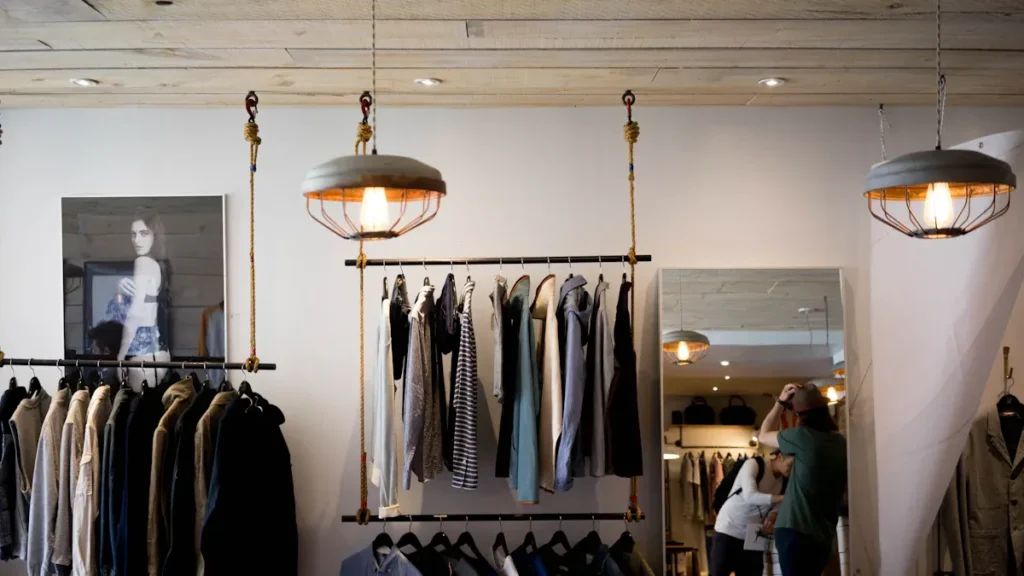
To stay updated, watch for new trends. Check Instagram and TikTok for what’s trending. These platforms often show what’s in style. Follow fashion influencers and read industry news to stay informed. The global fashion market might reach $1.84 trillion by 2025, growing 4.1% yearly. The increase means there’s space for new brands that meet customer needs.
Here’s a quick look at the 2025 fashion industry:
| Statistic Description | Value |
|---|---|
| Global fashion market value | $1.84 trillion |
| U.S. apparel industry value | $365.70 billion |
| Average U.S. household clothing expenditure | $162/month |
| Annual global garment production | 100 billion garments |
| Fashion industry carbon emissions | 10% of global emissions |
By studying these trends, you’ll know how to make your brand stand out.
Is Starting a Clothing Brand Worth It?
Starting a clothing brand can make money if planned well. The fashion market is huge, worth $1.42 trillion in 2025. By 2030, it may grow to $1.78 trillion, with 4.63% yearly growth. This means there’s space for new brands to succeed. With the proper planning and execution, you can turn your clothing brand into a successful business.
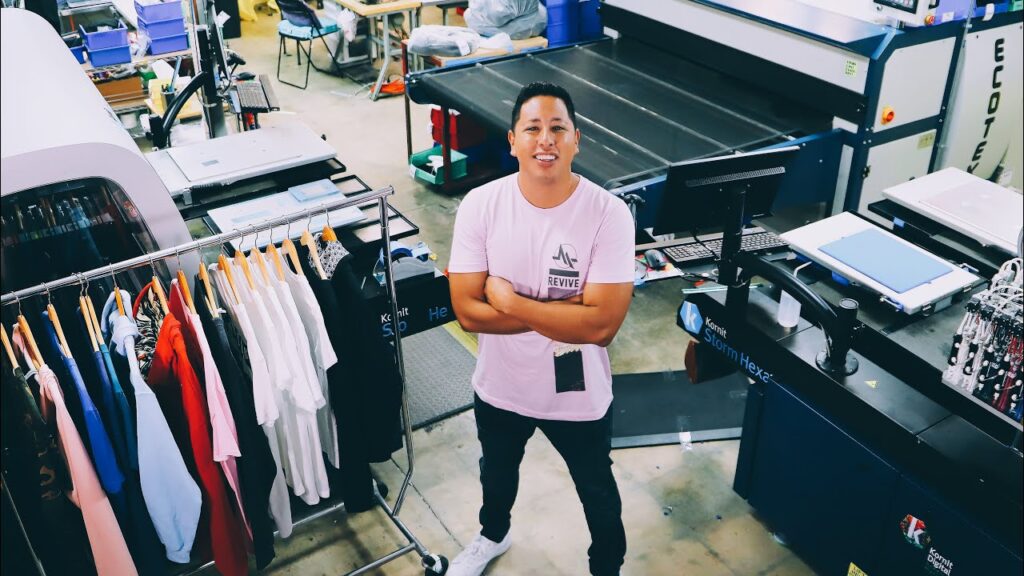
The good news? You don’t need a lot of money to start. Many brands begin with just $185 to $370. Selling online can save costs by skipping a physical store. Since the pandemic, online shopping has grown, helping you reach buyers everywhere.
Here’s why it can be profitable:
-
- Low-medium investment: Start small and grow over time.
-
- High profit margins: Focus on specific groups to earn more.
-
- Online opportunities: E-commerce makes selling easy and affordable.
Benefits of starting a clothing brand
Owning a clothing brand has many rewards. First, you can show your creativity. Whether it’s cool streetwear or fancy outfits, your designs reflect your style. This freedom is rare in regular jobs. Many entrepreneurs aspire to launch their own clothing brands to express their creativity and build a unique identity in the market.
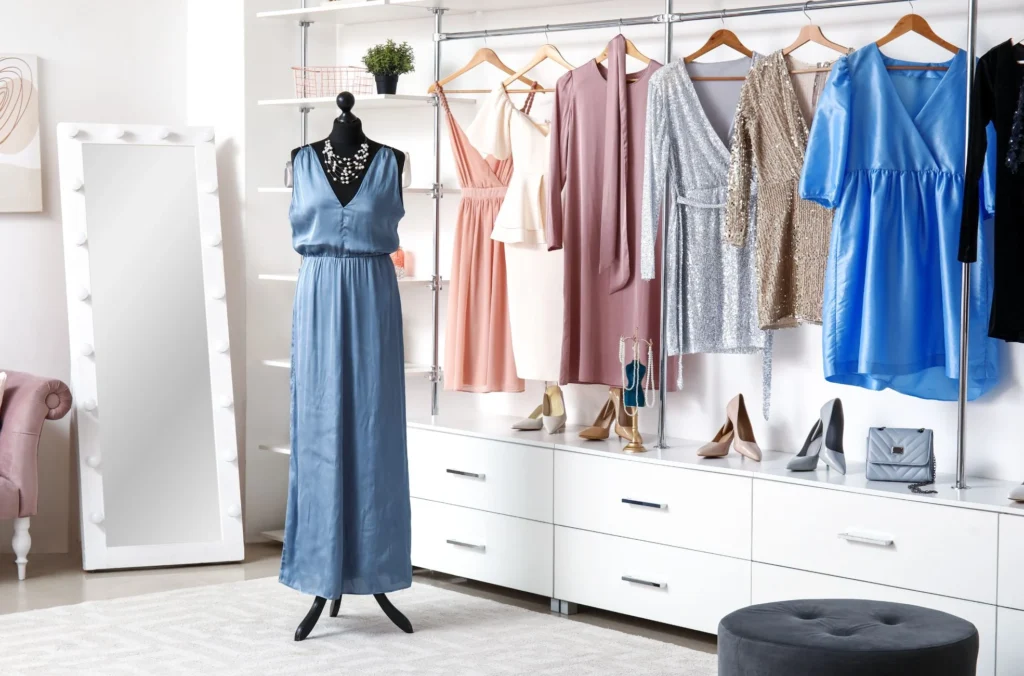
Second, you can create a business that matches your values. For example, if you care about the planet, you can make eco-friendly clothes. This approach helps the Earth and attracts loyal customers who share your beliefs.
Lastly, you control your career. You choose what to design, how to sell, and where to market. With effort and smart choices, you can turn your passion into a growing business.
Challenges to consider and overcome
Starting a clothing brand isn’t easy. One big problem is inflation, which raises material and production costs. You must price your clothes carefully to stay competitive and make money. Choosing the right clothing manufacturers is crucial to ensure quality and manage production costs effectively.
Another issue is meeting customer needs. Buyers want eco-friendly, inclusive, and well-fitting clothes. You’ll need to find green materials, offer many sizes, and design clothes people love.
Here are some common challenges:
| Challenge | Description |
|---|---|
| Inflation | Higher costs for materials and production. |
| Consumer Confidence | Shoppers spend carefully, so pricing is important. |
| Sustainability | Eco-friendly practices can cost more to implement. |
| Sizing Issues | Bad sizing leads to returns and unhappy buyers. |
| Diversity and Inclusion | Brands must include everyone to connect with today’s shoppers. |
Although these challenges may appear severe, they are solvable. By learning and adjusting to trends, you can overcome them and build a successful brand.
How to Start a Clothing Brand: Step-by-Step Guide
Whether you dream of designing streetwear, luxury pieces, or eco-friendly apparel, building a successful brand takes more than just great ideas – it requires planning, strategy, and dedication. This step-by-step guide will walk you through the essential stages of launching your own clothing line, from finding your niche and creating a brand identity to producing your designs and selling your products.
Step 1: Find your niche and target audience
To start a clothing business, pick a niche and audience. A niche is your brand’s special focus, like eco-friendly sportswear or fancy streetwear. It helps you stand out and attract the right buyers.
Begin by learning what people want. Check fashion trends, study competitors, and consider what makes your style unique. After that, figure out who your audience is. What do they enjoy? What problems can your clothes solve for them? Understanding consumer preferences will help you tailor your designs and marketing strategies to meet their needs.
Here’s how to begin:
-
- Use surveys to learn about shopping habits.
-
- Talk to potential buyers for detailed opinions.
If you’re unsure, follow these steps:
-
- Decide what you want to know about your audience.
-
- Pick a method—surveys, interviews, or focus groups.
-
- Divide your audience into smaller groups by age, style, or budget.
This knowledge will help you know your ideal customers and design clothes they’ll love.
Step 2: Make a clear business plan (marketing strategies)
A well crafted business plan is your guide to success. It shows your goals, sales strategies, and how to reach them. Think of it as the base of your clothing brand. Without it, you might feel confused or stuck.
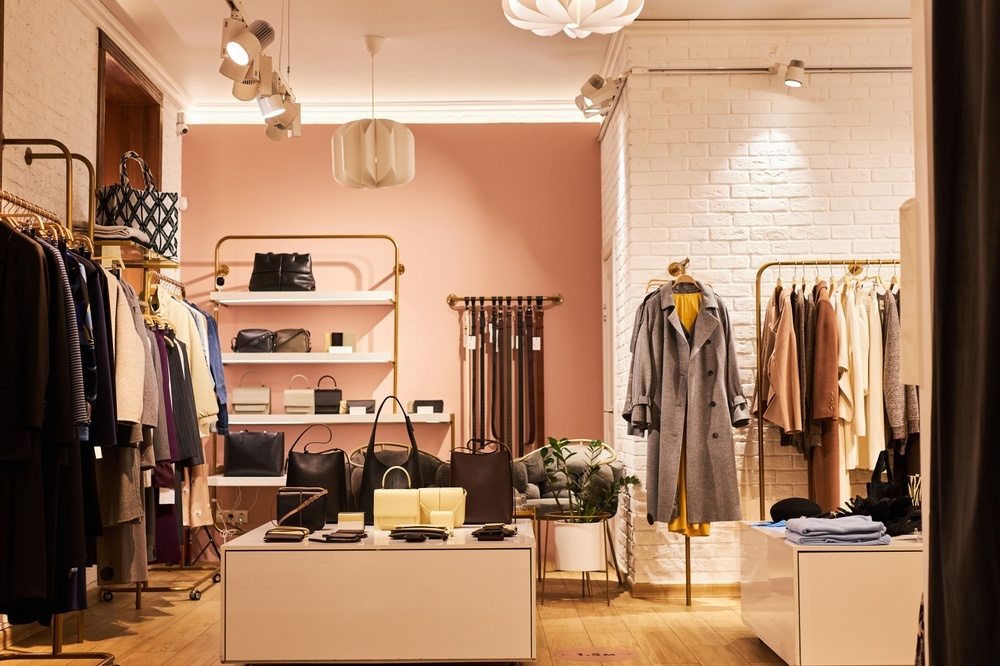
Focus on these parts when making your clothing business plan:
-
- Start-up costs: List all expenses, like materials and ads.
-
- Pricing: Set prices that cover costs and match your brand’s value.
-
- Funding: Decide how to pay for your brand—loans, crowdfunding, or investors.
-
- Inventory: Plan how much stock you need to avoid waste or shortages.
-
- Sustainability: If your niche is eco-friendly, include green production methods.
For example, if your brand focuses on sustainability, budget for eco-friendly materials. Plan how to deliver products, whether shipping yourself or using a service. A clear plan saves time and money.
Step 3: Choose a business structure
Choosing a fashion business model is a crucial step in starting a clothing brand. There are several options to consider, each with its advantages and challenges. Here’s a breakdown to help you decide which model aligns best with your goals, resources, and target audience.
-
- Print-on-Demand (POD) Model: This model allows you to design and sell clothing without holding inventory. You partner with a supplier who produces and ships the products directly to the customer. It’s a low-risk option with minimal upfront costs, making it ideal for beginners who are just starting out.
-
- Dropshipping Business: Similar to POD, dropshipping involves partnering with a supplier who handles production and shipping. You don’t hold any inventory, which reduces overhead costs. However, you have less control over product quality and shipping times.
-
- Private-Label or White-Label Manufacturing: This model involves creating your own clothing line and manufacturing it in-house or through a contract manufacturer. It offers more control over quality and branding but requires a higher initial investment and more complex logistics.
-
- Selling Wholesale: This model involves selling your clothing to retailers or other businesses at a discounted price. It can lead to larger orders and steady revenue but often requires significant production capacity and competitive pricing.
-
- Making Your Own Clothing: This hands-on approach involves designing, producing, and selling your own clothing line. It offers complete control over every aspect of your brand but demands significant time, effort, and expertise in fashion design and production.
Each business model has its pros and cons. Consider factors such as production costs, shipping logistics, and customer service when selecting the best model for your clothing brand. Your choice will significantly impact your operations and overall success.
Step 4: Build your brand identity
Your brand identity makes your clothing line unforgettable. It’s more than a brand name or logo – it’s the story and feelings you share. A strong identity connects with customers and earns loyalty.
Start by deciding your brand’s mission and values. What do you believe in? For example, UNIQLO focuses on simplicity and inclusivity with its “LifeWear” idea. Adidas stands out with innovation and performance.
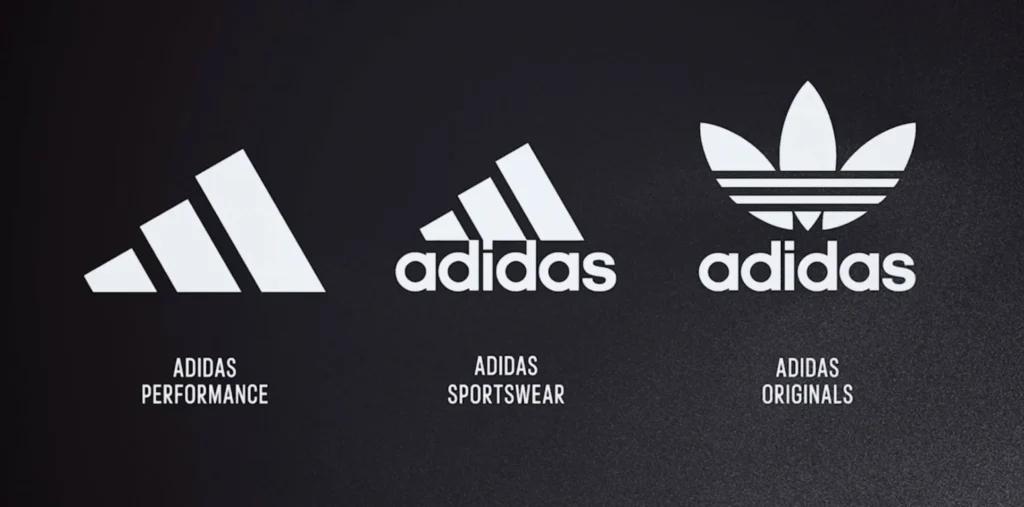
Next, create your visual identity. This includes your logo, colors, and packaging. Match these to your brand’s style. For luxury, use sleek designs. For streetwear, go bold and edgy. Your brand assets, such as your logo and packaging, should reflect your brand’s mission and values.
Finally, choose a consistent voice for your brand. Whether fun, professional, or inspiring, your tone should fit your audience. This makes your brand easy to recognize and trust.
Step 5: Start your clothing line business
Creating your clothing line is where you can be creative. This step is about turning ideas into real clothes. You don’t need to be a pro designer. Follow these steps to make something great.
-
- Start with a vision: Think about what makes your brand special. Are you using eco-friendly fabrics, bold styles, or simple designs? Your vision will guide your choices.
-
- Sketch your ideas: You don’t have to be an artist. Simple drawings or tools like Adobe Illustrator can show your ideas. If drawing is complex, hire a freelance designer for help.
-
- Follow current trends: Watch what’s popular. In 2025, trends like sustainability and custom designs are big. For example:
-
- People love clothes that feel personal and unique.
-
- Eco-friendly fashion is very popular, so use green materials.
-
- Digital tools help with custom designs and virtual try-ons.
Your clothing designs should align with your brand’s vision and the latest fashion trends.
Here’s how these trends fit into your design process:
| Area of Focus | How It Helps |
|---|---|
| Fashion Design | Use trends to inspire your collection and meet customer needs. |
| Marketing and Branding | Show off your designs on social media and work with influencers. |
| Supply Chain Management | Plan production based on demand for trendy items. |
Your clothing line should match your brand’s style. Whether bold or simple, make sure it connects with your audience.
Step 6: Source materials and set up production
After designing, it’s time to make your clothes. Getting materials and starting production can seem hard, but breaking it down helps.
-
- Pick the right materials: Choose fabrics that fit your brand’s values. For eco-friendly brands, use organic cotton, recycled polyester, or bamboo. Work with suppliers who care about ethics.
-
- Find good suppliers: Look for manufacturers who deliver quality materials on time. Websites like Alibaba or Faire can help you find suppliers worldwide. Always ask for samples first.
-
- Try print on demand: This is great for small businesses. Print on demand produces items only after customers place an order. It reduces waste and saves money upfront.
Finding a reliable clothing manufacturer is essential to ensure the quality and timely delivery of your products.
Here are tips to make production easier:
-
- Use technology to stay organized. Inventory software can track stock and prevent overproduction.
-
- Predict demand with data tools. This helps you make just enough clothes.
-
- Work with ethical factories. Consumers are concerned about the production process of clothing, which can enhance your brand’s reputation.
Lastly, keep in touch with your suppliers and factories. Clear communication avoids delays and ensures your clothes meet your standards.
How to Build and Grow Your Online Presence?
Making your brand known online is very important. It helps you reach buyers, show off your clothes, and grow sales. Here are three simple steps to get started.
Starting an online clothing business can be a profitable venture with the right strategies.
Part 1: Set up an online clothing store
Your online business website is like your store’s front door. It tells your story, shows your clothes, and lets people shop. A good website builds trust and makes buying easy.
Pick a clean design that’s simple to use. Please ensure it functions effectively on phones, as most people prefer to shop using them. Add clear pictures, short descriptions, and a smooth checkout process. Tools like heatmaps can show where visitors click most, helping you improve your site.
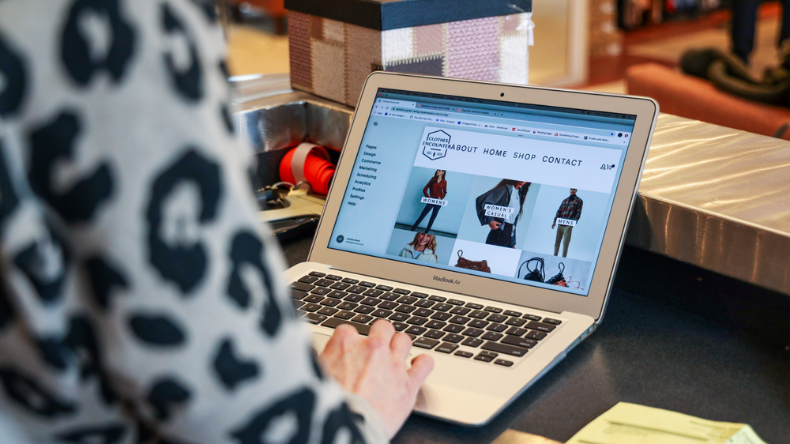
Fast websites keep shoppers happy. Slow pages make people leave. Use tools to check your site speed and fix problems. Also, make your site work for everyone, including people with disabilities. This shows you care and helps more people shop.
Check how your own online store is doing by tracking key numbers. For example, if visitors stay longer, they might buy more. Look at how people move through your site to see where they stop or leave.
Part 2: Share your brand on social media
Social media is great for showing off your own fashion brand. Apps like Instagram, TikTok, and Pinterest help you connect with buyers and share your designs. Social media is a powerful tool to build brand awareness and connect with your audience.
Post cool photos and videos of your clothes. Use popular hashtags to reach more people. Don’t just post—talk to your followers. Answer comments, ask questions, and make polls to keep them interested. More social media activity can bring more visitors to your site and boost sales.
Work with influencers to grow your brand. Pick influencers who match your style and values. They can share your brand with their fans, helping you get noticed. Watch likes, shares, and clicks to see what works best.
Part 3: Sell on e-commerce platforms
E-commerce platforms make selling your clothing business online simple. They handle the hard stuff, so you can focus on your clothes and ads. Sites like Shopify, Etsy, and Amazon help you set up your store, track stock, and take payments.
These platforms already have shoppers, so you can find buyers fast. Use their tools to analyze metrics such as sales rates and customer acquisition costs. For example, high sales rates mean your product pages are working well.
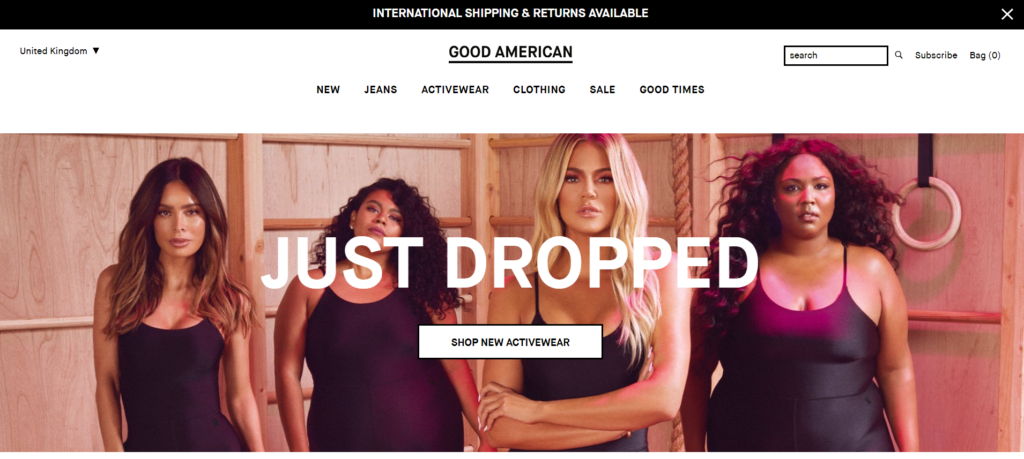
Keep an eye on customer loyalty. Loyal shoppers spend more over time. Even a small boost in loyalty can raise profits a lot. Offer deals, rewards, or special picks to keep customers coming back.
By using a good website, active social media, and e-commerce platforms, you’ll build a strong online store for your clothing brand.
Part 4: Reach out to fashion retailers
Once you have a solid business plan and a clear understanding of your target market, it’s time to start selling your clothing line. Connecting with fashion retailers can help you reach a broader audience and boost your brand’s visibility. Here are some steps to follow:
-
- Research Fashion Retailers: Look for retailers who align with your brand values and target market. Research their wholesale policies, pricing, and product offerings to ensure a good fit.
-
- Create a Wholesale Package: Develop a comprehensive wholesale package that includes your brand story, product line, pricing, and ordering information. This package should be professional and visually appealing to make a strong impression.
-
- Reach Out to Retailers: Contact retailers via email or phone to introduce your brand. Send them your wholesale package and follow up to discuss potential orders. Be prepared to answer questions and negotiate terms.
-
- Attend Trade Shows and Fashion Events: These events are excellent opportunities to connect with retailers and showcase your brand. Prepare a compelling presentation and bring samples of your clothing line to attract interest.
-
- Utilize Online Platforms: Use online platforms like Wholesale Hub or FashionGo to connect with retailers and showcase your brand. These platforms can help you reach a wider audience and simplify the ordering process.
By following these steps, you can build strong relationships with fashion retailers and start selling your clothing line effectively.
Fashion Design Tools and Software
The right tools can make designing clothes much easier. Even if you’re not a pro, advanced software helps turn your ideas into authentic designs. These tools simplify sketching and creating digital samples. These tools can help you develop your fashion design skills and bring your ideas to life.
Here’s why they’re so helpful:
| Trend/Statistic | Description |
|---|---|
| Integration of AI and Machine Learning | AI tools predict trends and manage stock better. |
| Shift towards Cloud-based Solutions | Cloud platforms let you work anywhere, perfect for small brands. |
| Demand for Sustainability | New software reduces waste by using fabric more efficiently. |
| Market Growth | Faster design cycles make these tools essential for staying ahead. |
Popular tools include Adobe Illustrator, CLO 3D, and Arvin, which has plenty of clothing brand logo ideas. You can make virtual samples, saving time and materials. If you’re new, free tools like Canva or Arvin are great for trying out ideas.
Resources for finding manufacturers and suppliers
Finding good clothing manufacturers and suppliers is very important. They help turn your designs into high-quality clothes. Here are some trends and tips to help:
-
- Circular Fashion: Brands now recycle and reuse materials to cut waste.
-
- Local Sourcing: Many brands prefer local suppliers to shorten delivery times.
-
- Virtual Sourcing: Augmented reality tools make it easy to check materials online.
Use supplier scorecards to compare partners. These scorecards show costs, quality, and delivery times. They also help build strong relationships by encouraging clear communication.
| Sourcing Trend | Description |
|---|---|
| Asian Suppliers | Asia is still a top choice for clothing production. |
| China | China leads as the biggest supplier. |
| Cost Trends | Material costs are steady, making production cheaper. |
| New Opportunities | New suppliers offer fresh sourcing options. |
| FTAs | Free Trade Agreements can lower costs but are often unused. |
Websites like Alibaba, Faire, and Maker’s Row are good places to start. For ethical sourcing, try Common Objective, which focuses on sustainable options.
Tips for Long-Term Success
It’s important to focus on building strong relationships with customers, keeping up with new trends, and using technology to make things run more smoothly as you start your clothing brand. The tips below will help you keep your clothing business growing and thriving.
Part 1: Keep up with fashion trends
Fashion changes fast, so staying updated is essential. You don’t need to guess the future, but tools and reports can help. Here’s how to stay informed:
-
- Check seasonal trend reports: Websites like WGSN share seasonal trends. For example, “Future Dusk,” a dark shade, will be popular in 2025.
-
- Follow color trends: Neutral tones, like #EnhancedNeutrals, are trending. These shades appear in 36.5% of Spring/Summer 2025/26 collections.
-
- Watch style trends: #WideLegJeans are still popular, but #Minidress styles are less in demand. Tailored and versatile clothes are becoming more popular.
Social media is also helpful. Apps like Instagram and TikTok show the latest styles. Influencers and brands often post what’s trending. By following them, you’ll know what your customers might want next.
Part 2: Take care of potential customers
Strong customer relationships are very important for converting potential customers into loyal buyers. When people trust your brand, they stay loyal and tell others about it. Here’s why this matters:
| Finding | Description |
|---|---|
| Brand Trust | Customers trust eco-friendly brands more when they see green efforts. |
| Brand Loyalty | Fast fashion brands struggle to keep loyal customers. |
| Social Sustainability | Eco-conscious brands build stronger customer connections. |
To build trust, be honest. Describe the manufacturing process of your clothing, particularly if it’s sustainable. Please respond to customer inquiries promptly and with clarity. Loyalty programs can also help. Offer rewards, thank-you notes, or special discounts to make customers feel appreciated.
Part 3: Expand your clothing brand
Start by improving your systems and using technology to grow smarter. Many clothing businesses have successfully scaled by improving their systems and using technology. Here are some tips:
| Metric | Description |
|---|---|
| Sell-Through Rate | Predict demand to avoid too much or too little stock. |
| Lead Time Reduction | Make products faster to match trends quickly. |
| Stockout Frequency | Use AI tools to avoid running out of stock. |
| Technology ROI | Invest in tools like inventory software for better results. |
| Inventory Turnover | High turnover shows strong demand and good stock management. |
| Order Fulfillment Speed | Fast shipping keeps customers happy. |
| Customer Return Rate | Fewer returns mean better sizing and quality. |
You can also try new markets or add products. For example, if you sell eco-friendly activewear, consider adding hats or bags. Use data to see what works and change your plan if needed. Growing smart is better than growing fast.
Part 4: Monitor and adjust your business
Starting a clothing brand requires ongoing monitoring and adjustment to ensure long-term success. Here are some key performance indicators (KPIs) to track:
-
- Sales: Track your progress toward your goals by monitoring your sales revenue and analyzing your sales data to understand what’s working and where improvements are necessary.
-
- Customer Feedback: Collect customer feedback and use it to improve your products and services. Positive reviews can boost your brand’s reputation, while constructive criticism can guide necessary changes.
-
- Social Media Engagement: Track your social media engagement to see how well your marketing strategies work. Adjust your content and approach based on what resonates most with your audience.
-
- Inventory Levels: Monitor your inventory levels to avoid overproduction or stockouts. Efficient inventory management ensures you can meet demand without excessive waste.
-
- Profit Margins: Track your profit margins to ensure your pricing and production costs are balanced. Adjust your pricing strategy if necessary to maintain profitability.
Use this data to adjust your business strategies and make informed decisions. Stay flexible and be willing to pivot your business model if necessary. Continuous improvement is key to staying competitive in the fashion industry.
Learn from the pros and own your clothes business
Starting a clothing brand requires a lot of hard work and dedication. Here are some tips from successful fashion entrepreneurs to help you build a thriving business:
-
- Stay True to Your Brand Identity: Develop a strong brand identity and stay true to it. Consistency in your brand’s message, values, and aesthetics builds trust and loyalty among your customers.
-
- Focus on Quality: High-quality products are essential for building a reputable brand. Ensure that your clothing meets your brand standards and exceeds customer expectations.
-
- Build a Strong Team: Surround yourself with a team of employees and partners who share your vision and are committed to your brand’s success. A strong team can drive innovation and growth.
-
- Stay Up-to-Date with Fashion Trends: The fashion industry is constantly evolving. Stay informed about the latest trends and adapt them to your brand. This keeps your clothing line relevant and appealing to your target audience.
-
- Be Prepared to Take Risks: Starting a clothing brand requires taking risks. Be prepared to take calculated risks and adapt to changes in the market. Flexibility and resilience are crucial for overcoming challenges and seizing new opportunities.
By following these tips and staying focused on your goals, you can build a successful clothing brand and own your clothes business. The journey may be challenging, but with passion and perseverance, you can make your mark in the fashion world.
Conclusion
Starting a clothing brand might seem overwhelming, but you’ve got this! Let’s recap the key steps: research trends, find your niche, create a business plan, design your line, and build your online presence. Each step brings you closer to your dream.
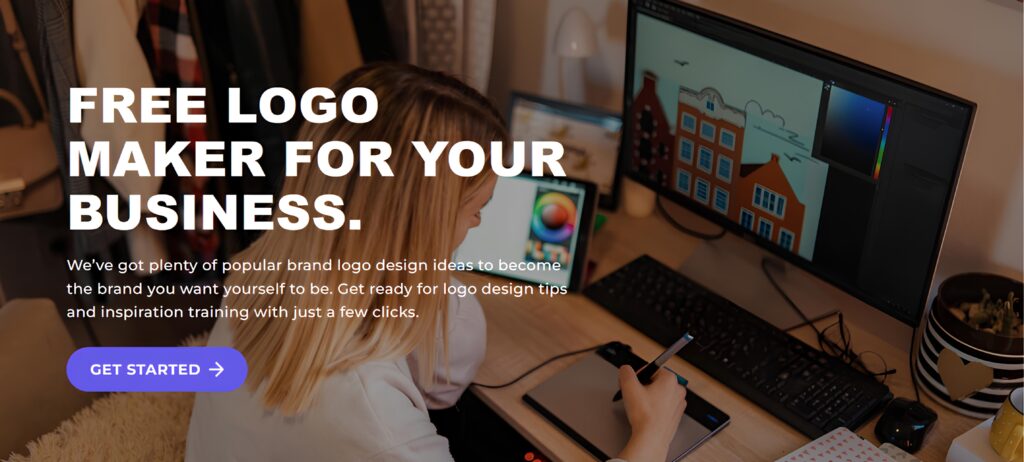
Tip: Start small. Test your ideas with a few designs before scaling up. What is the most crucial step? Take action. Your vision deserves a chance to shine. Please take your sketchbook, brainstorm ideas, and take the first step today. The fashion world is waiting for your unique touch!
Frequently Asked Questions
What’s the minimum budget to make a clothing brand?
You can start a clothing line business with as little as $200 to $500. Use print-on-demand services or small production runs to keep costs low. Focus on essentials like materials, website setup, and marketing.
Do I need to know fashion design to start a brand?
Not at all! You don’t need to be a fashion designer to start a brand. You can hire freelance designers or use tools like Canva and CLO 3D to bring your ideas to life. Your creativity and vision matter more than technical skills.
How do I find manufacturers for my clothing line?
Start with platforms like Alibaba, Faire, or Maker’s Row to find a reliable clothing manufacturer. Request samples to check quality. Look for ethical and reliable suppliers who align with your brand’s values.
Can I run a clothing brand while working a full-time job?
Yes, you can run your own clothing business while working a full-time job! Start small with online sales and manage your brand during your free time. Use automation tools for marketing and inventory to save time.
How do I price my clothing?
Calculate costs for materials, production, and marketing to set a competitive retail price. Add a profit margin that reflects your brand’s value. Research competitors to ensure your prices stay competitive.
What’s the best way to market my clothing brand?
Use social media platforms like Instagram and TikTok to showcase your designs and run effective marketing campaigns. Collaborate with influencers and run targeted ads. Build a strong online presence to attract customers.
How long does it take to launch a clothing brand?
It depends on your preparation. With proper planning, you can launch a new clothing line in 3 to 6 months. Focus on research, design, and building your online store to speed up the process
